Home>Articles>How To Store White Clothes To Prevent Yellowing
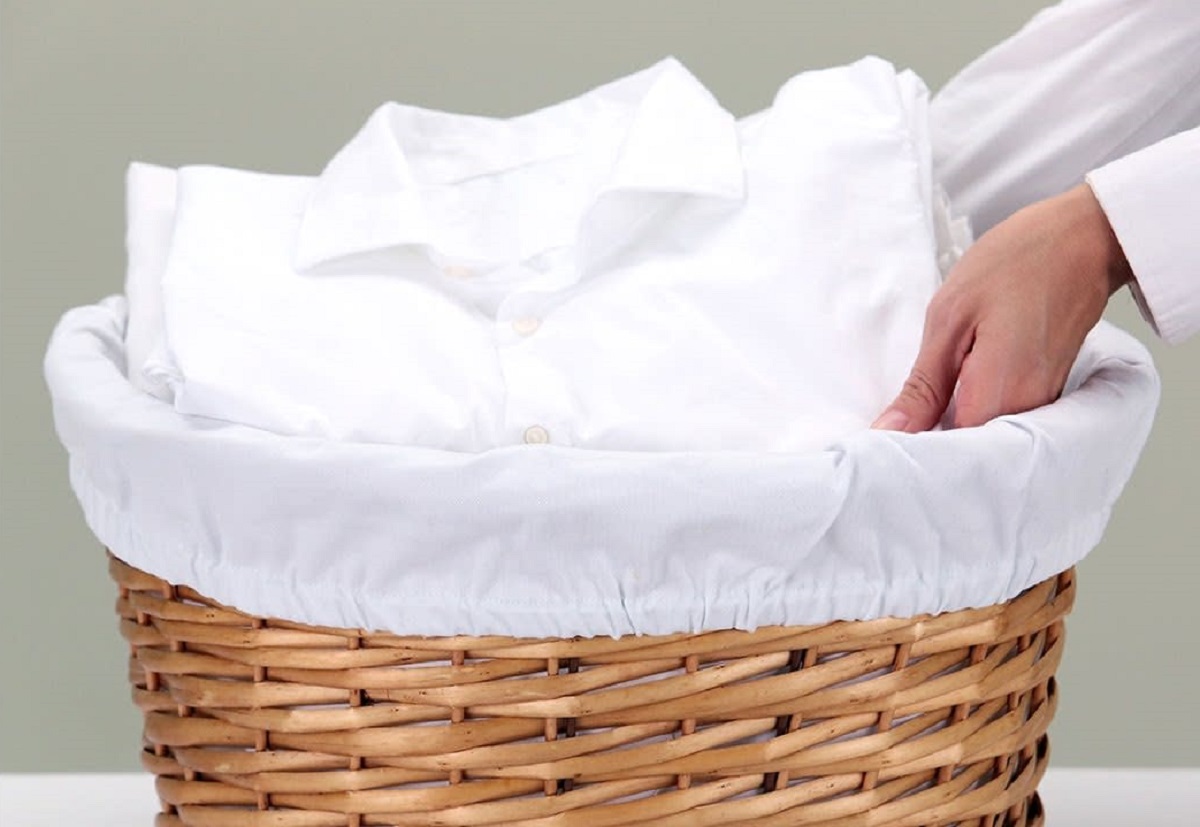

Articles
How To Store White Clothes To Prevent Yellowing
Modified: May 6, 2024
Discover effective methods for storing white clothes to avoid yellowing. Read our informative articles and keep your garments looking bright and fresh for longer.
(Many of the links in this article redirect to a specific reviewed product. Your purchase of these products through affiliate links helps to generate commission for Storables.com, at no extra cost. Learn more)
Introduction
Welcome to our comprehensive guide on how to store white clothes to prevent yellowing. White clothing is a staple in many wardrobes, but over time, it can lose its pristine brightness and develop an unsightly yellow tint. This yellowing can occur due to a variety of factors, including exposure to sunlight, improper cleaning techniques, and inadequate storage methods.
In this article, we will delve into the causes of yellowing and provide practical tips to help you maintain the whiteness of your clothes. By understanding the factors that contribute to yellowing and implementing proper storage techniques, you can extend the lifespan of your white garments and keep them looking fresh and vibrant for years to come.
Whether you have a collection of white dresses, shirts, or even delicate lingerie, this guide will assist you in preserving their pristine appearance. Read on to discover the secrets of storing white clothes to prevent yellowing.
Key Takeaways:
- Proper storage, including avoiding sunlight, controlling temperature, and using breathable containers, is crucial to prevent yellowing of white clothes and maintain their pristine appearance.
- Implementing proper laundering techniques, such as using bleach-free detergent and gentle wash cycles, is essential to keep white clothes clean and free from stains, contributing to their longevity.
Read more: How To Store Clothes To Prevent Mold
Understanding the Causes of Yellowing
Yellowing of white clothes can occur due to a combination of factors. It is important to be aware of these causes to prevent yellowing and maintain the brightness of your white garments.
One common cause of yellowing is prolonged exposure to sunlight. Ultraviolet (UV) rays from the sun can break down the fibers in the fabric, leading to discoloration. This is especially true for natural fibers such as cotton and linen. To minimize sun damage, it is best to store white clothes in a cool, dark place away from direct sunlight.
In addition to sunlight, certain chemicals found in detergents and fabric softeners can also contribute to yellowing. Some laundry products contain optical brighteners, which are designed to make clothes appear whiter. However, over time, these brighteners can cause a yellow tint to develop on white fabrics. To avoid this, opt for mild, bleach-free detergents and avoid using excessive amounts of fabric softener.
Furthermore, sweat and body oils can react with the fabric, leading to yellowing. It is important to launder white clothes regularly to remove these substances. Additionally, if you have applied products such as deodorant or perfume, make sure they are completely dry before wearing white garments as these items can also cause discoloration.
Lastly, improper storage methods can contribute to yellowing. Storing white clothes in crowded or damp areas can lead to the growth of mildew and mold, which can cause discoloration. Additionally, using plastic bags for storage can trap moisture, resulting in yellowing. It is best to choose breathable storage containers or garment bags to allow for proper ventilation.
By understanding the various causes of yellowing, you can take the necessary steps to prevent it. Now that you are aware of the culprits behind yellowed white clothes, let’s move on to the next section, where we will discuss how to choose the right storage environment for your garments.
Choosing the Right Storage Environment
Creating the perfect storage environment is crucial in preventing yellowing and preserving the whiteness of your clothes. Here are some tips to help you choose the right storage environment:
- Avoid direct sunlight: Sunlight can fade and yellow white clothes over time. When selecting a storage area, choose a location away from windows or opt for opaque storage containers that block out sunlight.
- Maintain a cool, dry space: Humidity can encourage the growth of mold and mildew, which can cause yellowing. It is best to store white clothes in a cool, dry area to prevent moisture buildup.
- Control temperature: Extreme temperature fluctuations can damage fabrics and lead to discoloration. Aim for a stable and consistent temperature in your storage area to protect your white garments.
- Consider using acid-free tissue paper: If you are storing delicate white items such as silk or lace, it is advisable to wrap them in acid-free tissue paper. This will help prevent any chemical reactions that can lead to yellowing or deterioration.
- Avoid storing near strong-smelling substances: White clothes can absorb odors easily, so it’s important to keep them away from strong-smelling substances like mothballs or cleaning chemicals. Opt for a well-ventilated storage area to prevent any unwanted odor transfer.
By selecting the right storage environment, you can minimize the risk of yellowing and ensure that your white clothes remain fresh and vibrant for longer.
Now that you understand how to create an optimal storage environment, let’s move on to the next section, where we will discuss the importance of sorting and laundering white clothes before storage.
Sorting and Laundering White Clothes Before Storage
Properly sorting and laundering your white clothes before storage is essential for maintaining their whiteness and preventing yellowing. Follow these guidelines to ensure your garments are clean and ready for storage:
- Separate whites from colored clothes: Before laundering, separate your white clothes from colored garments to avoid color transfer. Wash white clothes separately to prevent any dye bleeding.
- Pre-treat stains: Check your white clothes for any stains and treat them before laundering. Use a stain remover or a mixture of mild detergent and water to gently rub the stain. Let it sit for a few minutes before laundering.
- Choose the right detergent: Opt for a bleach-free detergent specifically formulated for white clothes. Avoid using bleach on a regular basis as it can weaken the fibers and contribute to yellowing over time. Follow the instructions on the detergent label for the proper amount to use.
- Select the appropriate water temperature: Generally, using warm water is sufficient for cleaning white clothes. However, if the garments are heavily soiled or stained, you can use hot water. Always refer to the care instructions on the clothing tag for specific temperature recommendations.
- Use gentle wash cycles: Avoid harsh wash cycles that can be too rough on your white clothes. Select a gentle or delicate wash cycle to minimize stress on the fabric.
- Hang dry or tumble dry low: After washing, carefully read the care label to determine the appropriate drying method. Hanging white clothes to dry can help prevent shrinkage and maintain their shape. If using a dryer, choose a low heat setting to prevent damage.
By following these laundering tips, you can ensure that your white clothes are clean and free from any stubborn stains or dirt particles that can contribute to yellowing. Once your white garments are freshly laundered, you are ready to move on to the next step of storing them properly.
In the next section, we will discuss the importance of using proper storage containers and materials for white clothes.
Store white clothes in a cool, dry, and well-ventilated area to prevent yellowing. Avoid plastic bags or cardboard boxes, as they can trap moisture and lead to discoloration.
Using Proper Storage Containers and Materials
Choosing the right storage containers and materials is crucial in preventing yellowing and maintaining the quality of your white clothes. Here are some tips to help you store your garments effectively:
- Opt for breathable containers: Avoid using plastic bags or airtight containers for storing white clothes. These containers can trap moisture, leading to a buildup of humidity and potential yellowing. Instead, choose breathable storage containers made of fabric or natural materials.
- Consider acid-free boxes: Acid-free storage boxes are an excellent option for storing white clothes, especially delicate items like silk or lace. Acidic environments can cause discoloration and deterioration, so using acid-free boxes can help preserve the whiteness and integrity of your garments.
- Separate items with acid-free tissue paper: If you need to stack your white clothes, place acid-free tissue paper between each garment to prevent friction and potential color transfer. This will also help maintain the shape of the clothing.
- Avoid using wire hangers: Wire hangers can stretch and distort the shape of your clothes. Instead, opt for sturdy wooden or padded hangers to support the weight of your white garments and prevent them from becoming misshapen or damaged.
- Use cotton or muslin garment bags: For added protection, consider storing your white clothes in cotton or muslin garment bags. These breathable materials will help prevent dust, dirt, and light exposure while allowing air circulation.
By using the right storage containers and materials, you can create a favorable environment for your white clothes and minimize the risk of yellowing or damage. Implement these storage strategies to preserve the quality and appearance of your garments.
Next, we will explore the debate of hanging versus folding white clothes and discuss which method is best for maintaining their whiteness.
Read more: How To Store Shoes To Prevent Mold
Hanging vs. Folding White Clothes
The debate between hanging and folding white clothes is a common one, and both methods have their advantages and considerations. Let’s explore the pros and cons of each to understand which approach is best for maintaining the whiteness of your garments:
Hanging:
- Hanging white clothes can help prevent wrinkles and maintain their shape.
- Delicate fabrics such as silk or chiffon are better suited for hanging to prevent any creasing or stretching.
- Using padded or wooden hangers can offer additional support and prevent any damage to the shoulders of the garments.
- However, be cautious when hanging heavy white garments as the weight can cause them to stretch or lose their shape over time.
- White clothes hung in a closet should be properly spaced to allow air circulation, preventing any potential yellowing caused by crowded storage.
Folding:
- Folding white clothes is an efficient way to save space, especially for items like t-shirts, sweaters, and jeans.
- Folding is particularly useful for packing white clothes in suitcases or storage boxes.
- Make sure to fold white clothes neatly and avoid leaving any creases or sharp folds that can be difficult to remove later.
- When folding, consider using acid-free tissue paper between the folds to minimize friction and prevent any color transfer if the clothing items are stacked on top of each other.
Ultimately, the decision to hang or fold white clothes depends on the specific garments and their material. It’s recommended to assess each piece individually and consider its weight, fabric, and susceptibility to wrinkles or stretching. A combination of hanging and folding may be the best approach for a diverse white clothing collection.
Now that you understand the considerations for hanging and folding white clothes, let’s explore additional tips to help you maintain your white garments and prevent yellowing.
Additional Tips for White Clothing Maintenance
Aside from proper storage, there are several additional tips and practices you can implement to maintain the whiteness of your clothes and prevent yellowing. Here are some key tips:
- Regularly check for stains: Before storing white clothes, make it a habit to check for any stains or spills that might have gone unnoticed. Treating stains promptly can help prevent them from setting in and causing long-term discoloration.
- Avoid excessive use of bleach: While bleach can be effective in removing stains and brightening white clothes, using it excessively can weaken the fabric and lead to yellowing over time. Use bleach sparingly and follow the instructions on the product carefully.
- Consider natural alternatives: Instead of relying solely on bleach, you can try natural alternatives such as lemon juice, baking soda, or vinegar to remove stains and brighten white clothes. These options are gentler on the fabric and can help maintain the whiteness of your garments.
- Treat yellowing promptly: If you notice any yellowing on your white clothes, address it as soon as possible. There are various products available that can help restore whiteness, such as whitening powders or oxygen-based cleaners. Follow the instructions carefully and test the product on a small, inconspicuous area first to ensure compatibility.
- Rotate your clothes: To ensure that all of your white clothes are being used and aired out regularly, consider rotating your wardrobe. This will prevent any garments from sitting in storage for extended periods, which can lead to a higher risk of yellowing.
- Properly clean and dry clothes before storage: Always ensure that your white clothes are clean and completely dry before storing them. Any lingering moisture can create a breeding ground for mold and mildew, leading to yellowing and unpleasant odors.
By implementing these additional tips, you can enhance the longevity of your white clothes and keep them looking fresh and vibrant.
To wrap up, let’s summarize what we’ve covered so far.
Conclusion
Properly storing white clothes is essential to prevent yellowing and maintain their pristine appearance. By understanding the causes of yellowing, choosing the right storage environment, sorting and laundering white clothes before storage, using proper storage containers and materials, and considering the hanging vs. folding debate, you can effectively preserve the whiteness of your garments.
Remember, factors such as sunlight exposure, chemicals in detergents, sweat, and inadequate storage methods can contribute to yellowing. By creating a storage environment that is cool, dry, and away from direct sunlight, you can minimize these risks. Additionally, sorting and laundering white clothes before storage, using breathable storage containers, and selecting the right materials and techniques for hanging or folding can help prolong their whiteness.
Furthermore, it’s important to implement additional tips such as regularly checking for stains, avoiding excessive use of bleach, considering natural alternatives, treating yellowing promptly, rotating your clothes, and ensuring proper cleaning and drying before storage. These practices will help maintain the vibrancy of your white clothes and prevent yellowing over time.
By following the guidelines outlined in this comprehensive guide, you can extend the lifespan of your white clothes and keep them looking fresh and bright for years to come. So, take the necessary steps to protect your white garments and enjoy their timeless elegance.
Thank you for reading and happy white clothes storage!
Now that you've mastered how to keep white clothes from yellowing, why not step up your entire wardrobe care routine? Check out our guide on the best options for clothing storage, perfect for ensuring all your attire stays in pristine condition year-round. This resource will arm you with cutting-edge solutions tailored to fit any space, no matter how big or small.
Frequently Asked Questions about How To Store White Clothes To Prevent Yellowing
Was this page helpful?
At Storables.com, we guarantee accurate and reliable information. Our content, validated by Expert Board Contributors, is crafted following stringent Editorial Policies. We're committed to providing you with well-researched, expert-backed insights for all your informational needs.
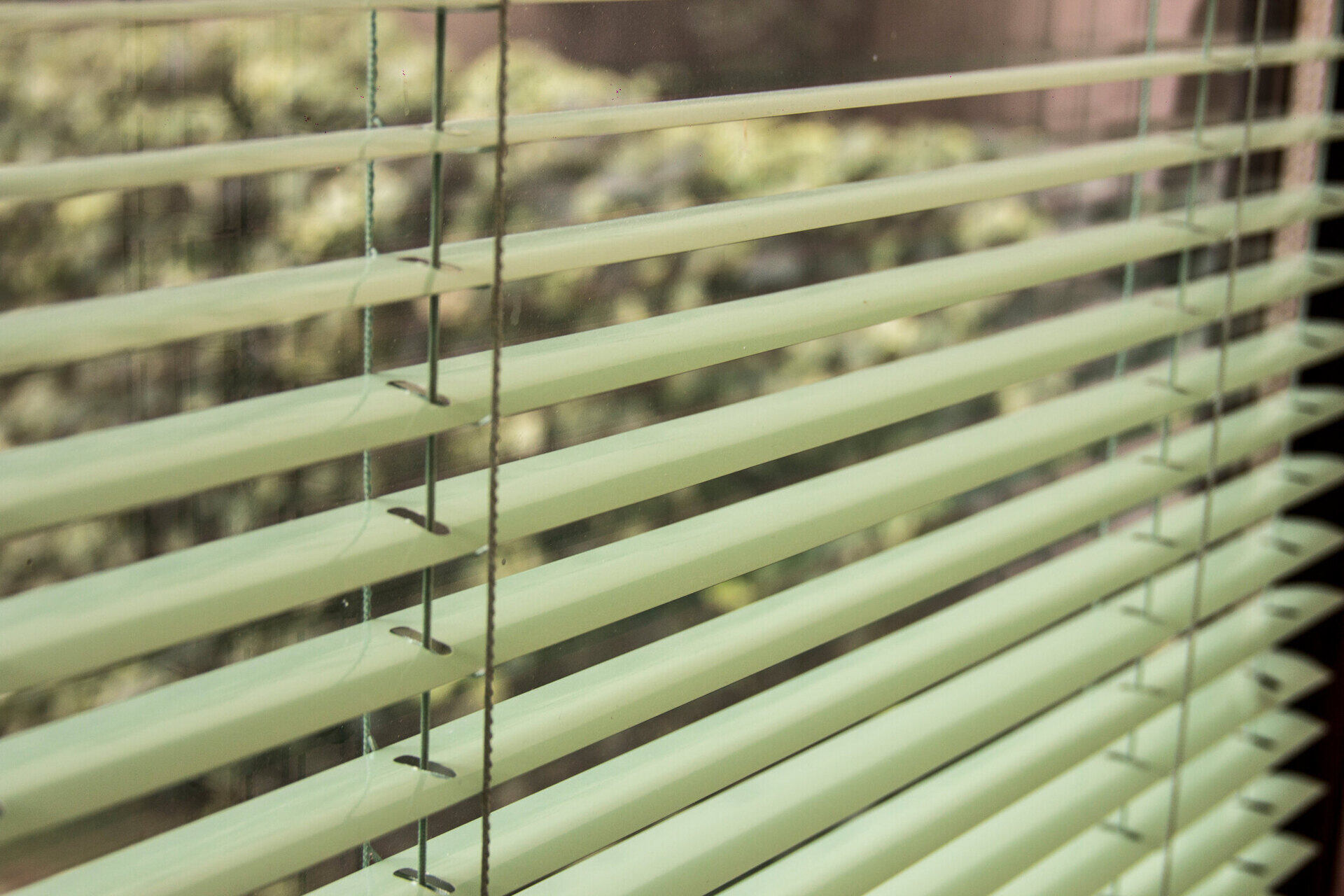
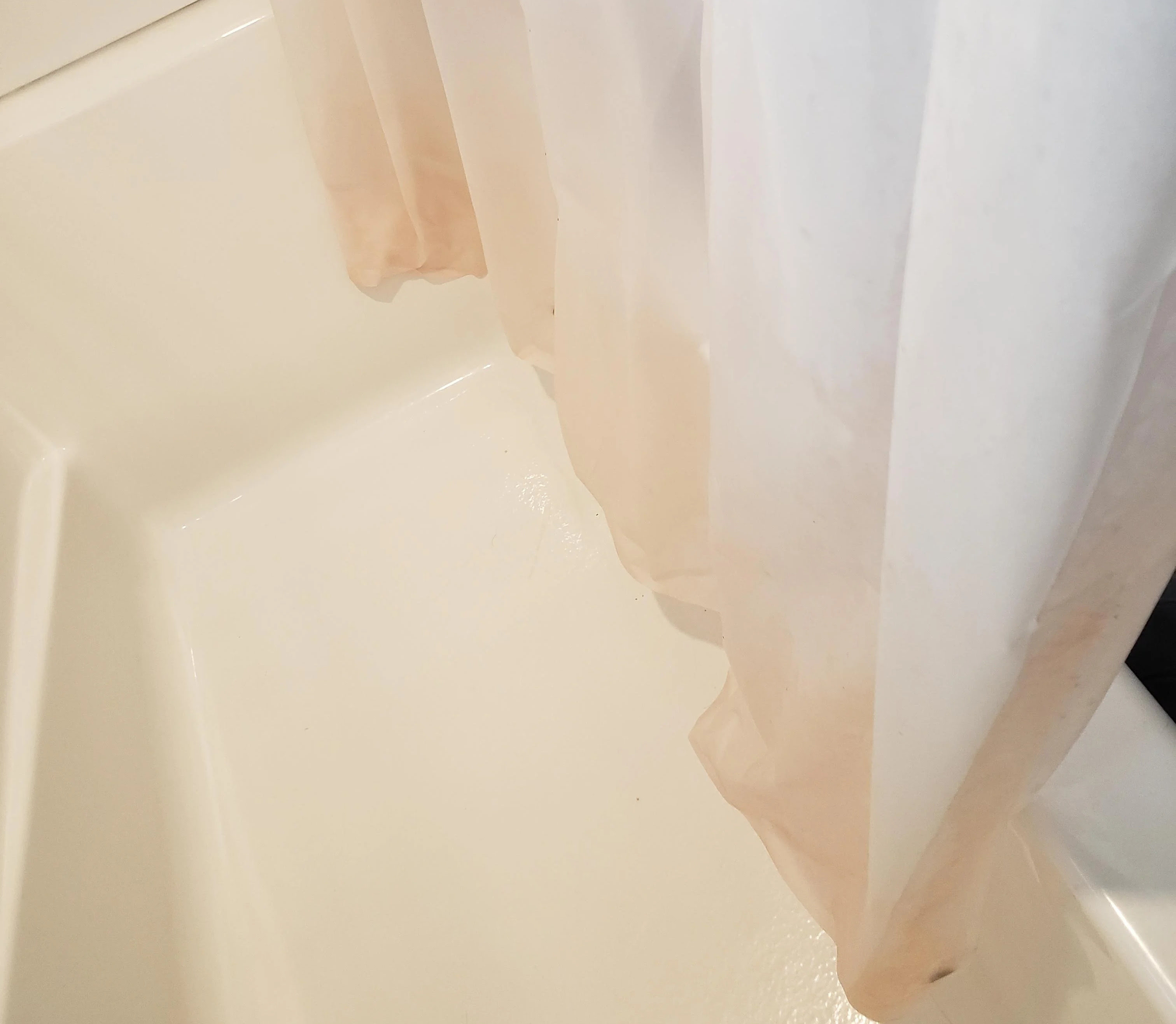
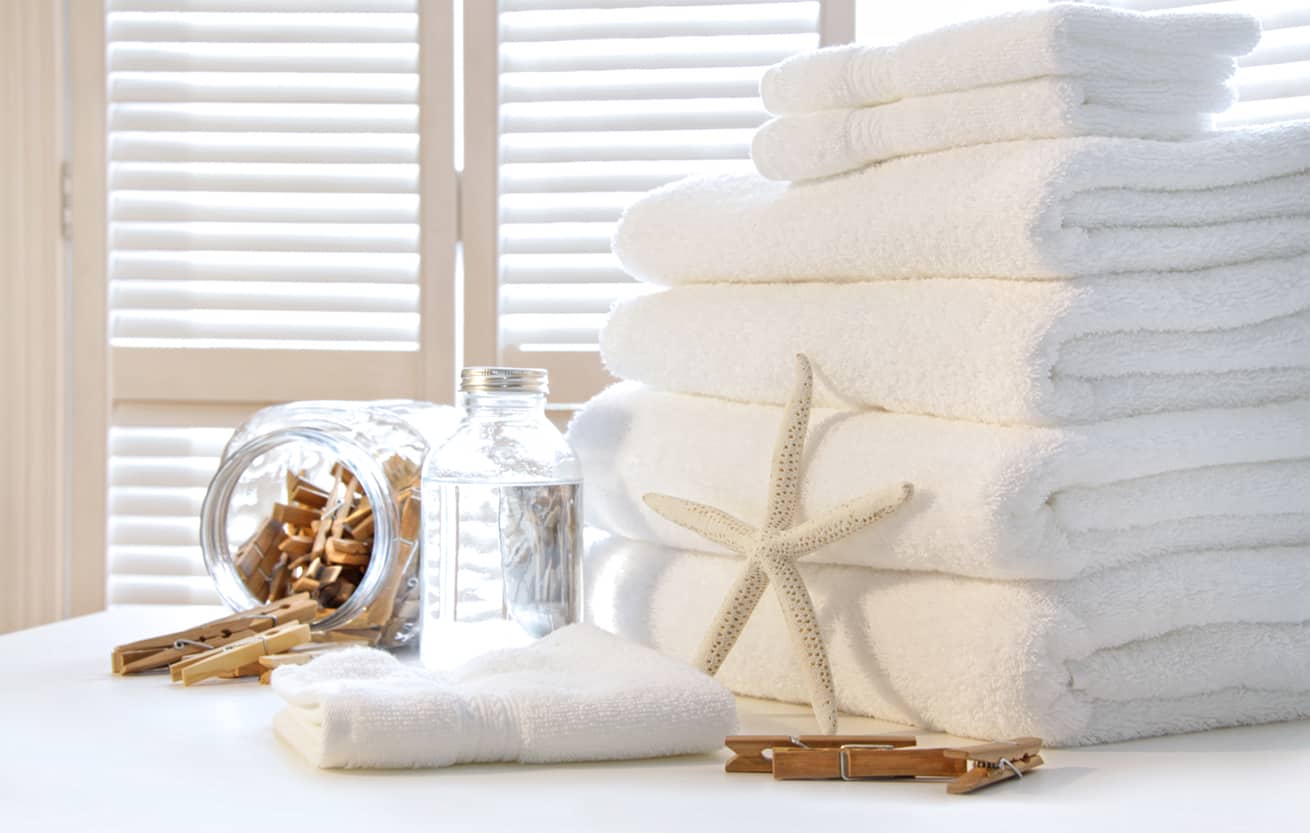
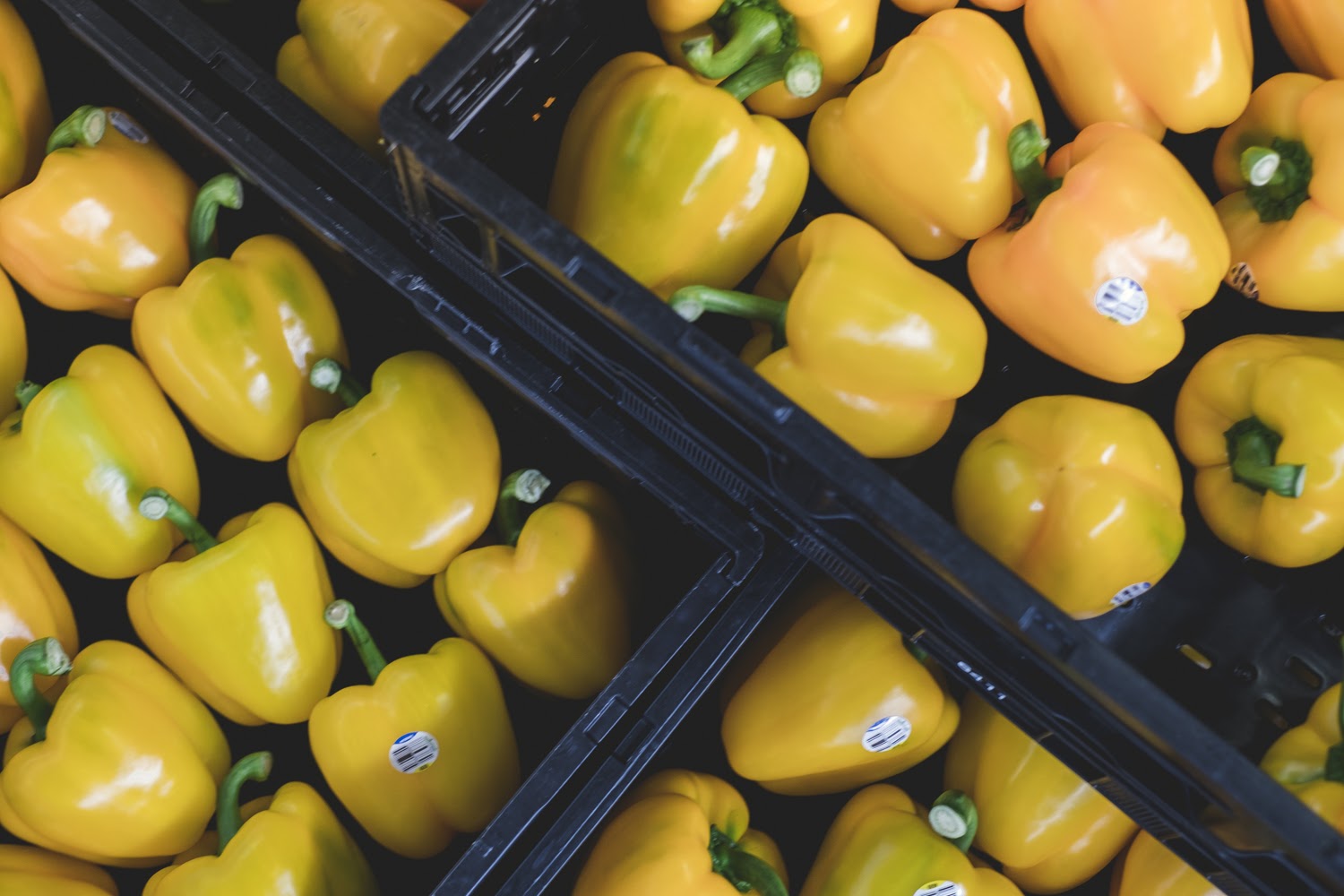
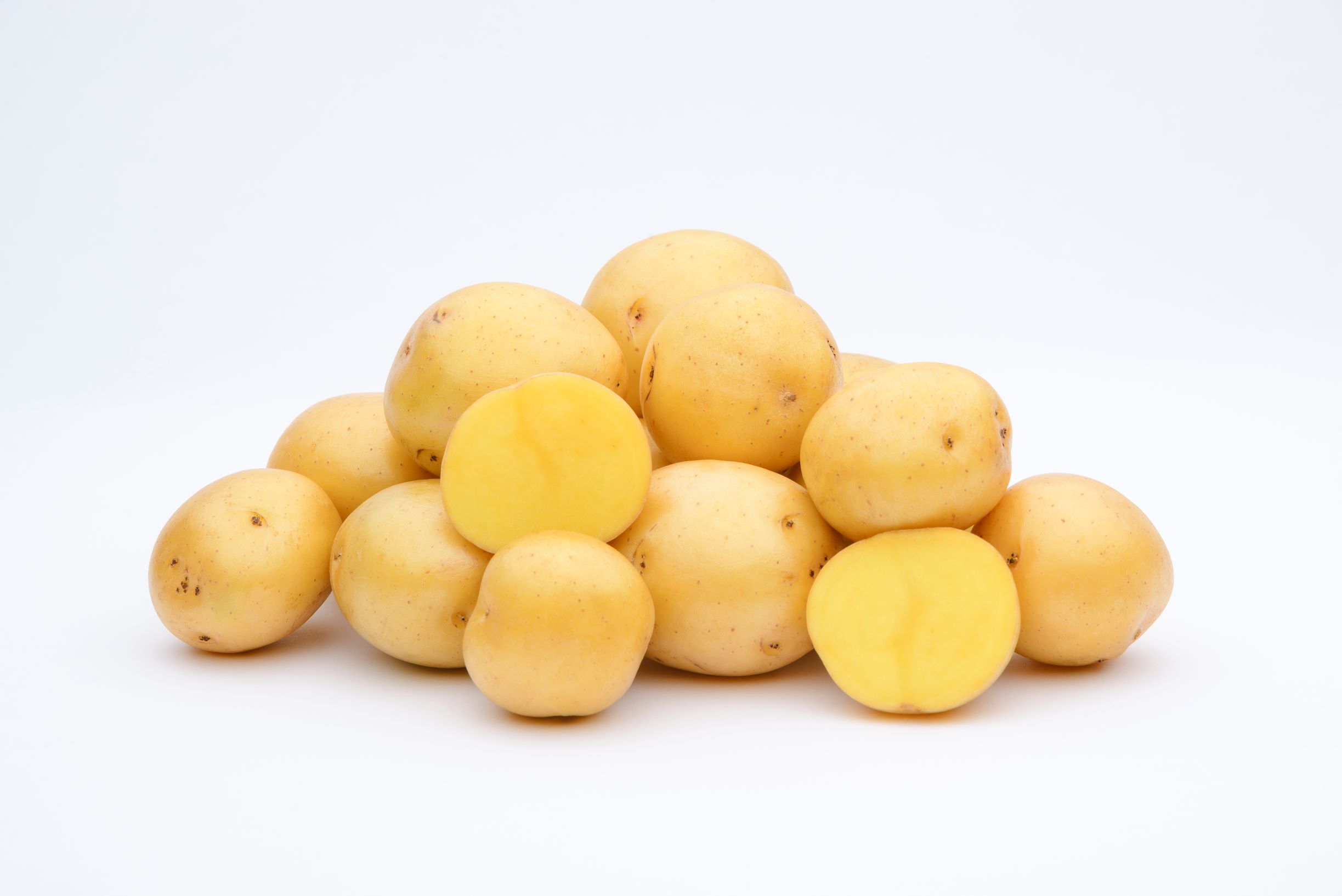
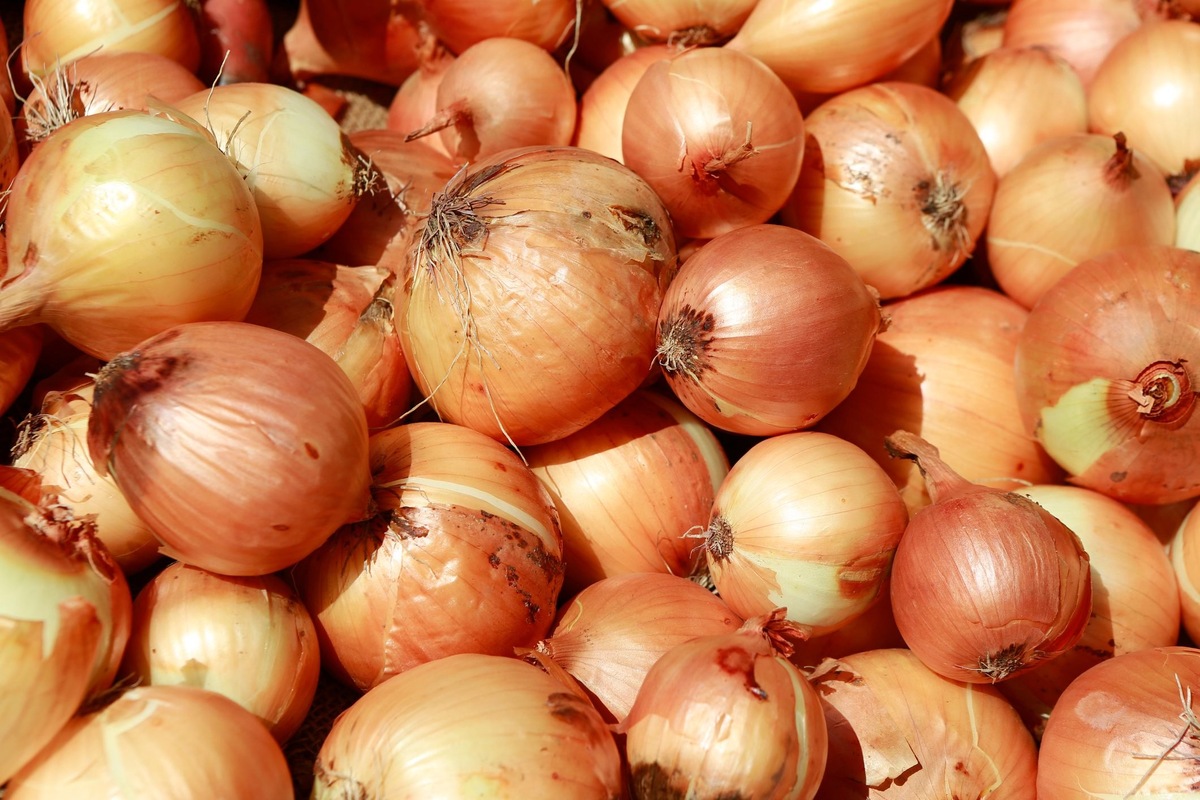
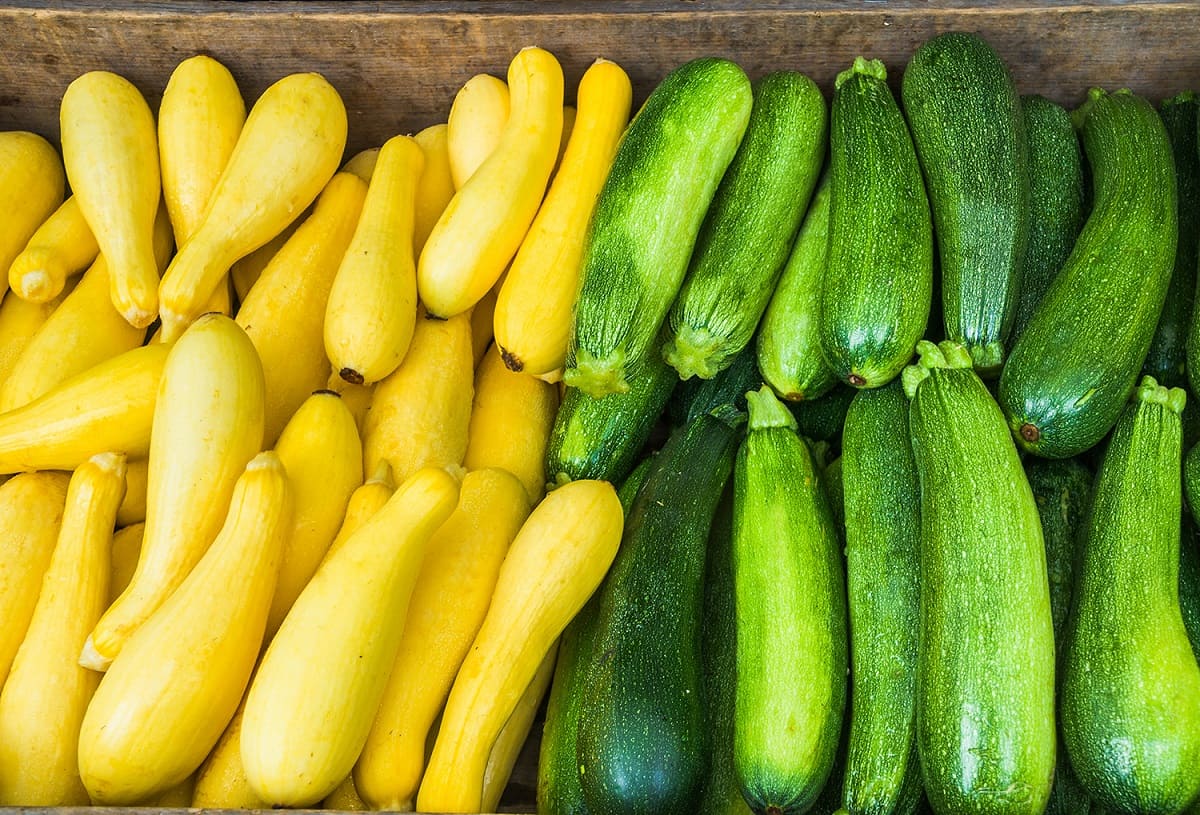
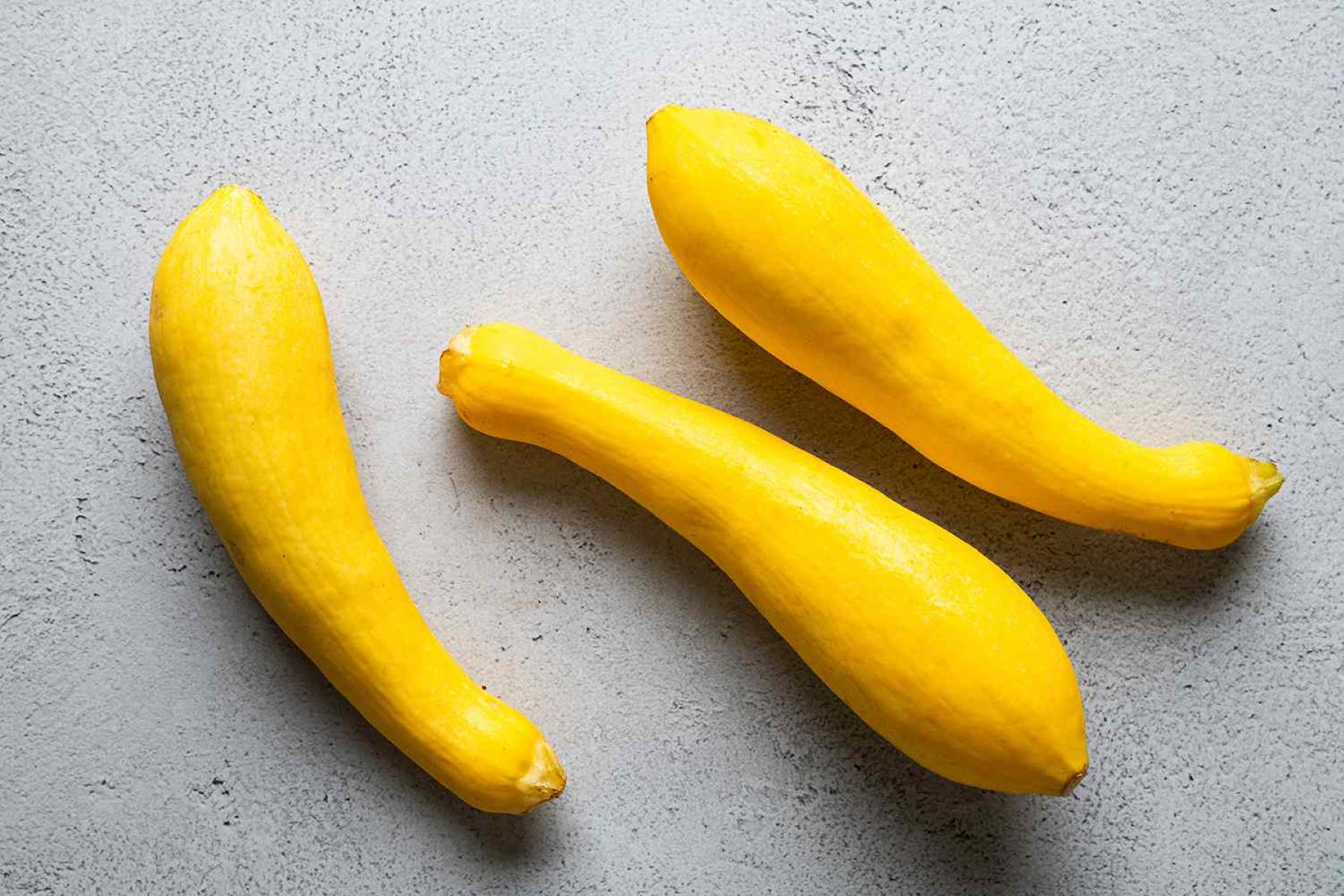
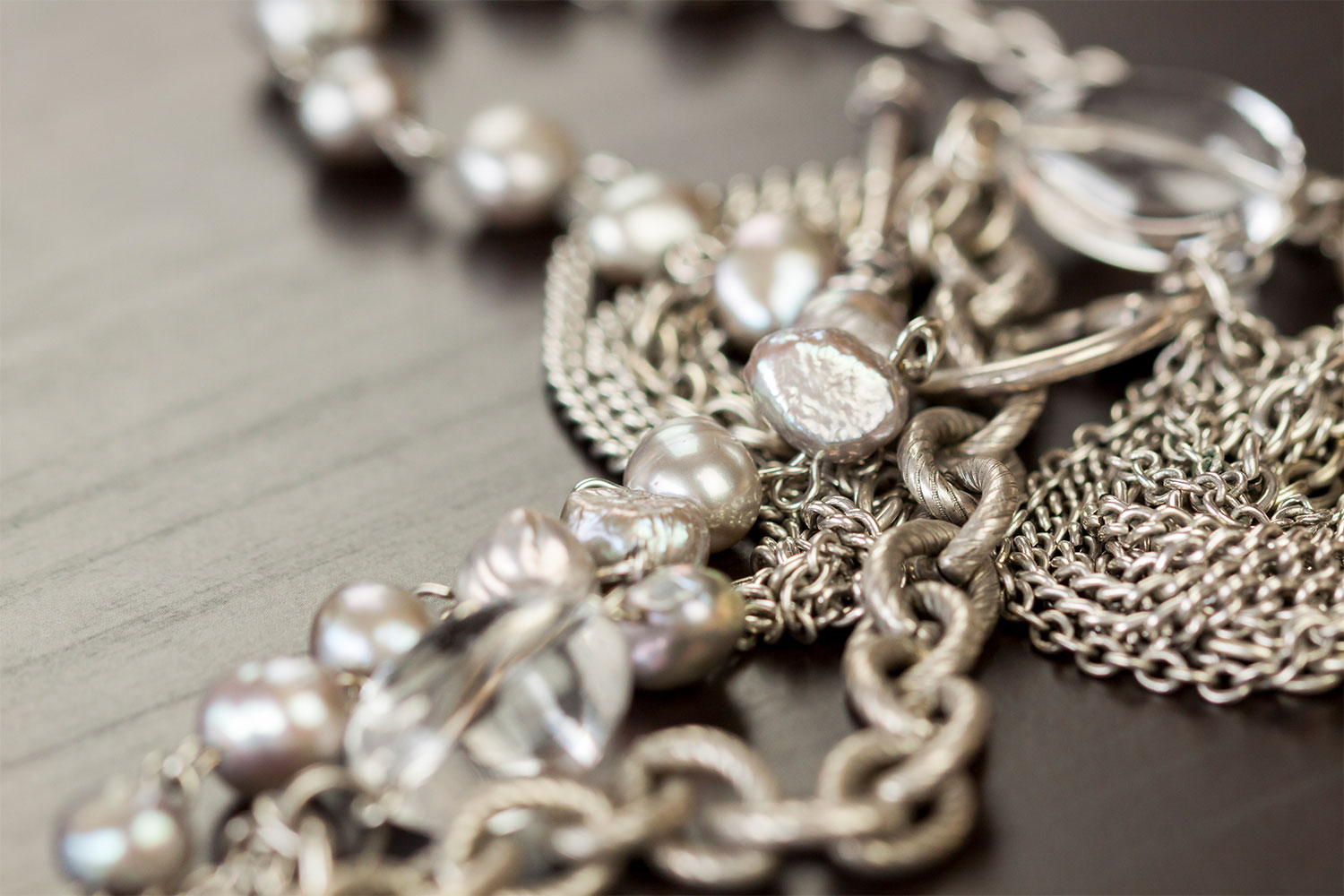
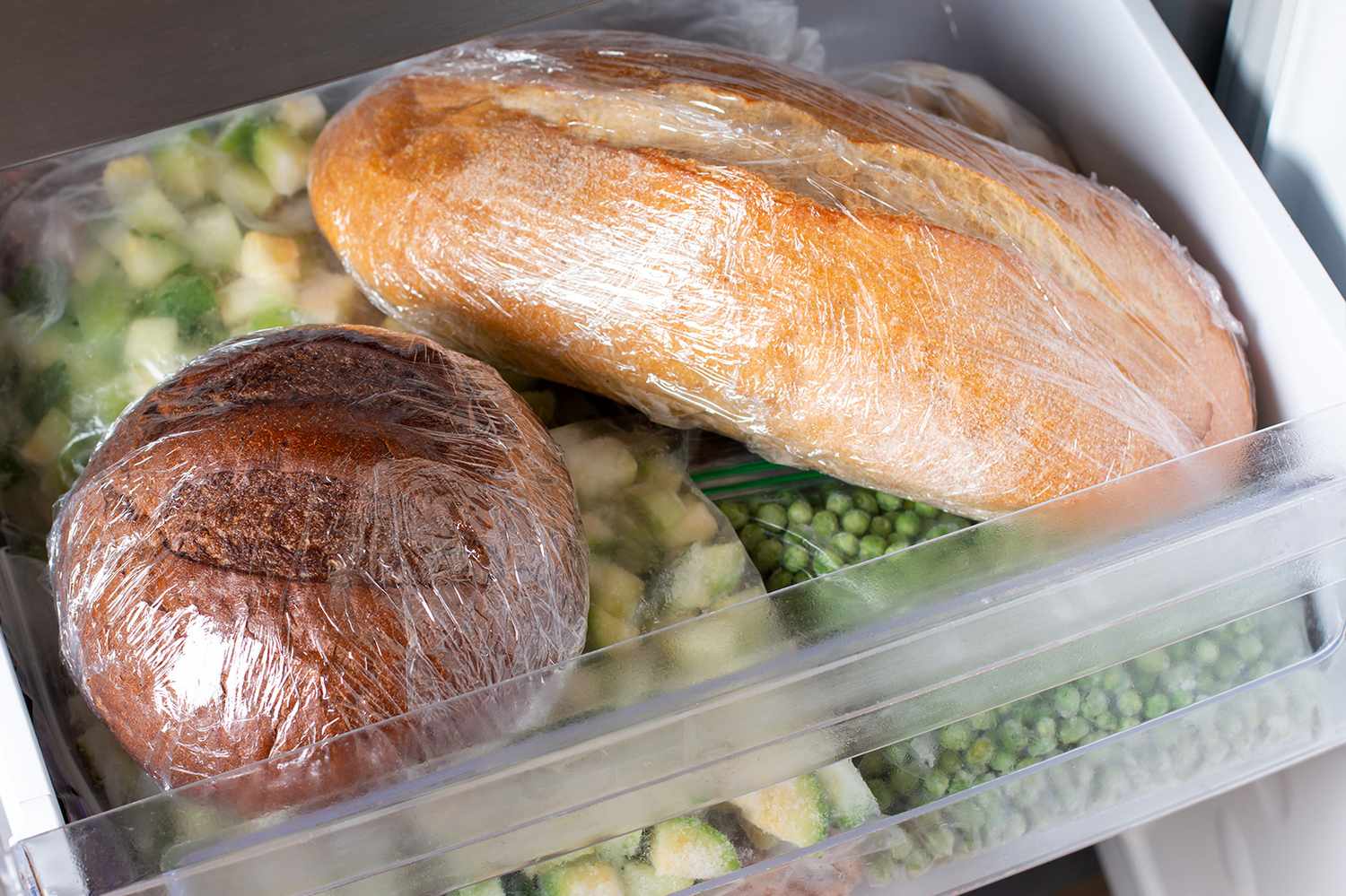
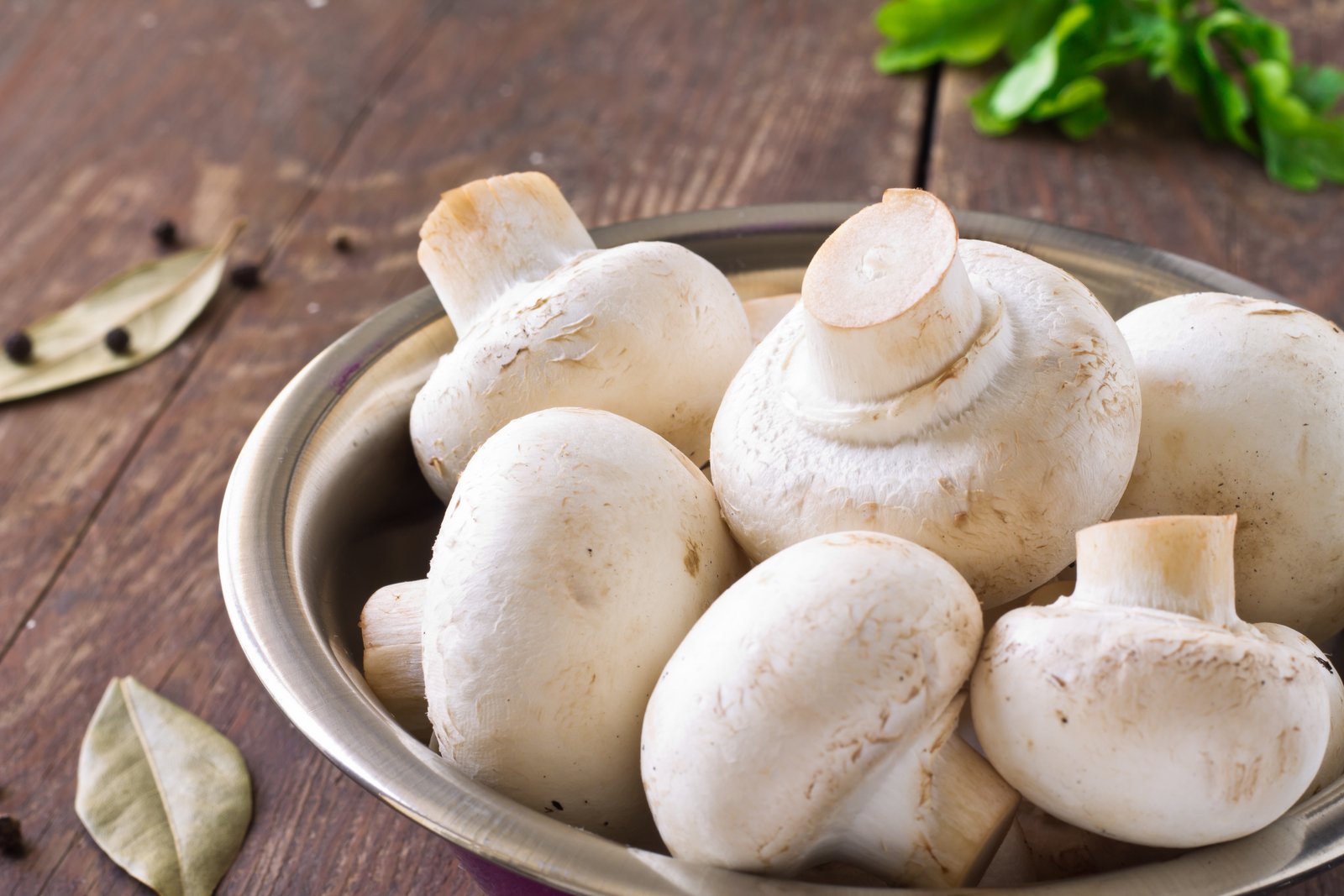
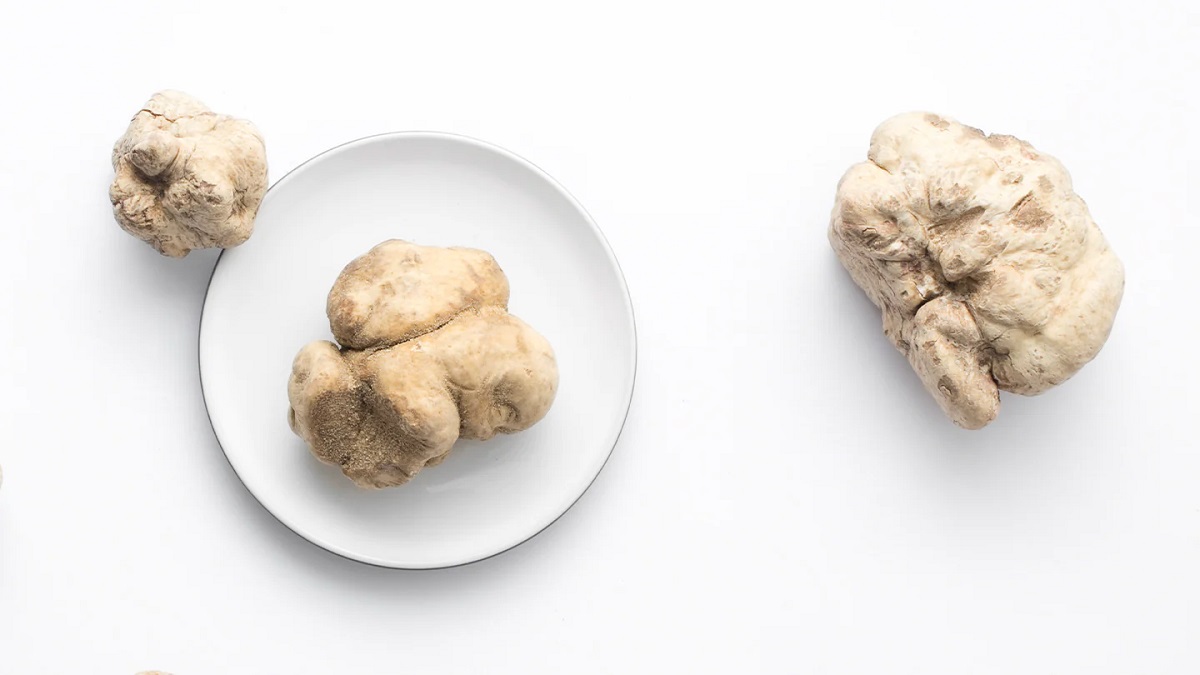

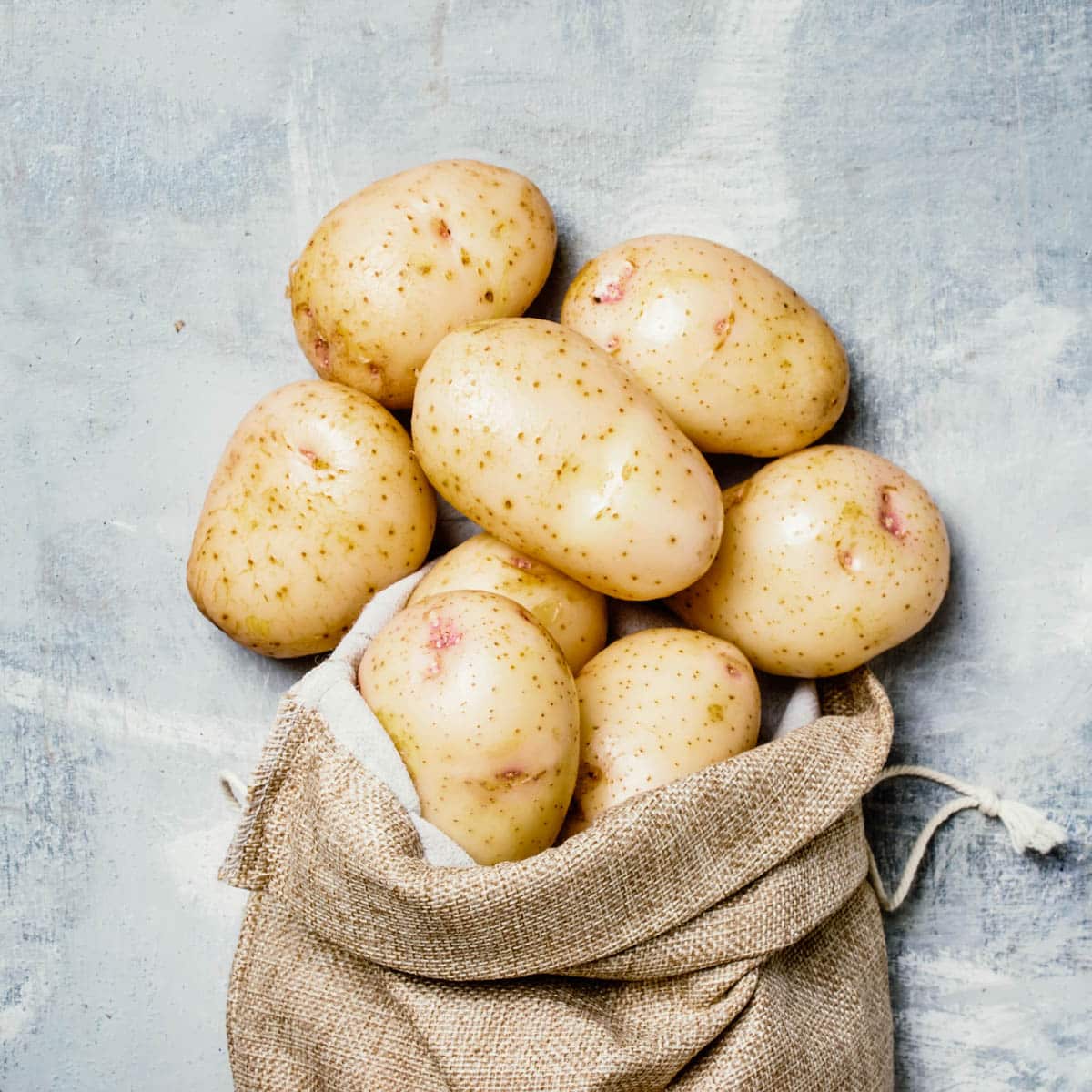

0 thoughts on “How To Store White Clothes To Prevent Yellowing”